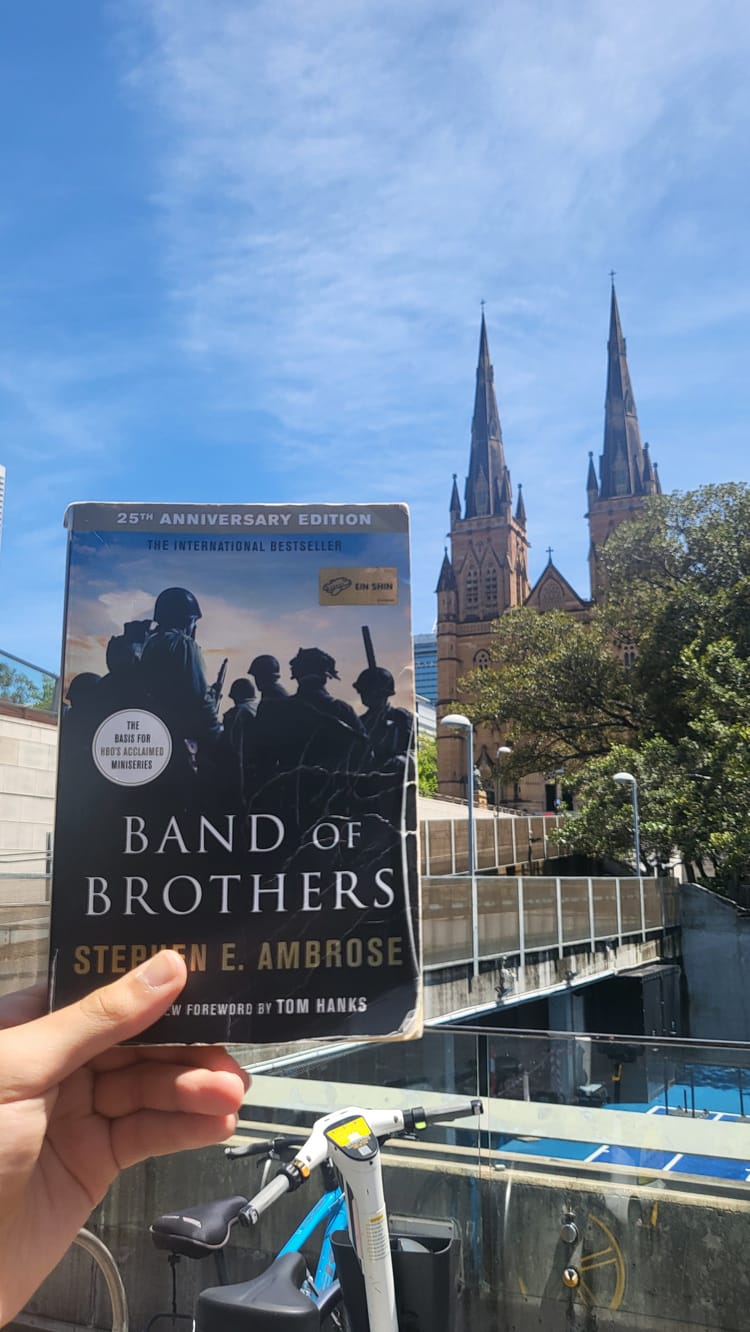Movie 1917

The film 1917, which portrays two messengers struggling to get to their mission, can easily be defined as one of the most horrific movies of all time. It introduces many wonders to viewers --- why is the movie itself named after an ordinary year when other names could be used? The answer: 1917 was the most horrendous year for the Allies as they faced more casualties than before while gaining little progress. The movie also yields a fascinating background story like the fact the film was introduced in the darkest year in our epoch: the Covid-19 pandemic. Due to the pandemic, only a handful of individuals were enabled to watch 1917. Shall we go to the theatre and view 1917 ourselves?
The movie 1917, the spellbounding film interweaved with real history in the fictional plot, is loosely based on the director’s grandfather, Alfred Mendes. Mendes served as a messenger in the British Army during Operation Alberich in No Man’s Land. He was designated as a runner due to his lack of height and ability to evade enemy capture. However, he was well known for his notable and brave action when a commanding officer asked him to retrieve the wounded completely scattered from here to there in No Man’s Land. For his valour, he was awarded the Military Medal. Mende's story has intrigued innumerable people including the director and his grandson, Sam Mendes. The movie itself is also fascinating and gripping but with one major historical inaccuracy: the Hindenburg Line --- a defensive position occupied and expanded later in World War I by the Germans.
Every movie has its own splendid visual stimuli in order to captivate many viewers. In the case of 1917, its cinematography boasts accurate costumes, battlefields, and items: weapons, equipment, and helmet designs. Nevertheless, the outstanding display of the uniforms is unable to make up for the imprecise history given very briefly in the movie. For instance, the British troops are all unaware of the Germans retreating back to a the more defensive position of the Hindenburg Line in the movie. On the contrary, in real life, the Allies were utterly aware of the retreat and therefore proceeded to attack the fleeing enemy. On a positive note, 1917 epitomized the hardship faced by the soldiers living in the trenches. For example, there was no potable water in the Great War. Thus, we meet a scene that portrays one of the protagonists, William Schofield, who, when excruciatingly thirsty, had traded a particularly rare medal for a bottle of whiskey. as he was excruciatingly thirsty.
The movie 1917 is a window into the early stage of World War I for Americans. They joined the sweeping war late in 1917; therefore, had limitedknowledge of previous events. The film also expresses that war is the worst. Sam Mendes mentions that he had planned on this as a form of art. According to an interview with the director, he claims: “ I hope very much that the stories of those that came before us and fought on our behalf live on in our movie.” In other words, the gallant people who fought for our sakes live on in the film.





Member discussion